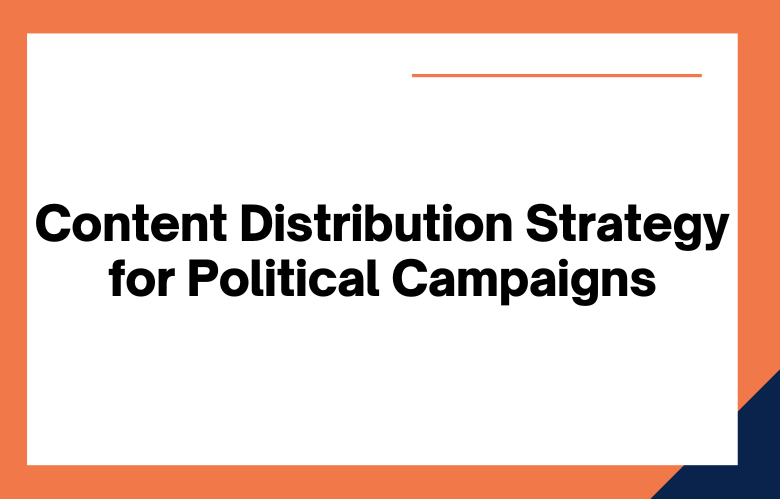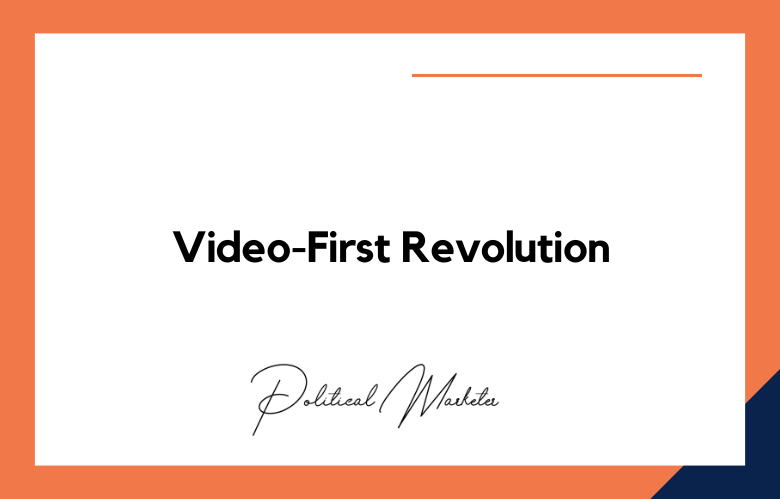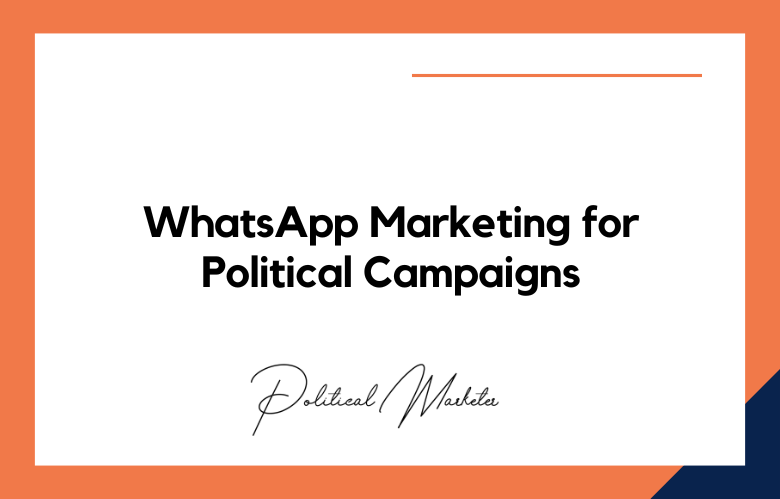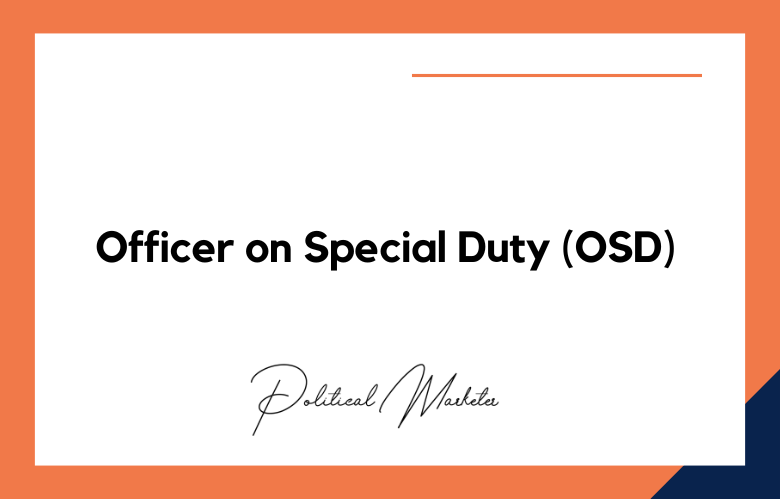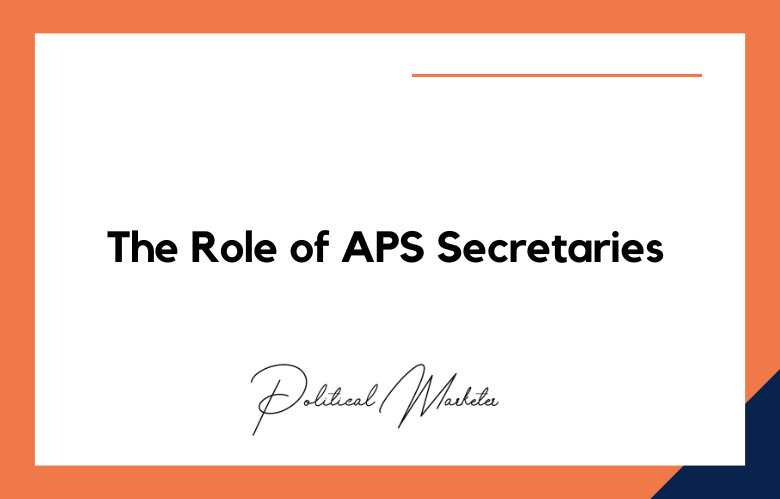If you’re running a political campaign, you know an effective content distribution strategy is essential to getting your message out to potential voters.
Content distribution is creating and sharing content with your target audience to increase awareness of your campaign and drive engagement.
We’ll cover why content distribution is essential for successful political campaigns and how you can use it to reach more people.
Why Content Distribution Matters for Political Campaigns
Content distribution helps you reach your message to as many people as possible, which is especially important when running for re-election.
It would help if you made sure enough people heard what you say so that voters can decide who they want in office.
The content distribution also allows you to build relationships with potential voters by providing them with relevant information about issues that matter most to them. It can help establish trust and credibility with your audience, leading to more votes on Election Day.
How To Implement a Successful Distribution Strategy
When implementing a content distribution strategy for your political campaign, you must deliver high-quality content that resonates with your target audience.
It includes using engaging visuals such as videos or infographics and incorporating keywords into your titles and descriptions so that search engines can easily index your content.
Your content must be distributed across multiple platforms, such as social media channels, email newsletters, blogs, and other websites, to maximize reach and visibility.
Be sure to track the performance of each piece of content so that you can identify what works best for your audience and adjust accordingly over time.
Crafting Your Content Distribution Strategy for Political Campaigns
One of the essential ways of a successful political campaign is its content distribution strategy.
Content distribution is the process of getting your message out to the public in an organized manner.
It involves creating engaging and informative content and getting it in front of your target audience.
A good content distribution strategy will ensure your message reaches the right people at the right time and increase engagement with potential voters. Here are some tips for crafting a successful content distribution strategy for your political campaign.
Know Your Audience
The first step in crafting your content distribution strategy is to know who you are trying to reach.
Are you targeting a specific demographic or want to reach all potential voters? Knowing who you are trying to get will help you create matters that resonate with them and inform you of what channels you use to distribute your message.
Choose Appropriate Channels
Once you know who you are trying to reach, it’s time to choose which channels to distribute your content. Social media platforms like Facebook, Instagram, Twitter, and YouTube can be used effectively if they fit your overall messaging goals.
If more traditional methods, such as print media, radio spots, or direct mailings, make sense in your overall plan, consider them.
Create Engaging Content
When creating content for your political campaign, remember that people have short attention spans these days. Try to keep things interesting by using visuals or funny anecdotes whenever possible.
Videos are particularly effective because they can be shared across multiple platforms quickly and easily, so consider investing time into creating videos for social media or other digital channels.
Also, remember to use keywords throughout written material; this will help increase visibility when people search for related topics on Google or other search engines.
Establish Goals & Objectives
Before launching your content distribution strategy, you must identify your goal. Establishing clear goals and objectives will help guide your efforts in the right direction.
For example, if the goal is to improve awareness of your candidate’s platform among potential voters, you must craft an effective plan to help you achieve that goal. Identifying these goals early on will save time and effort in the long run.
Define Your Target Audience
Defining who you want to reach with your content before creating or distributing it is essential. Knowing who you’re targeting will help inform what messaging you should use and which channels are best suited for reaching these people.
For example, if you’re trying to reach young people aged 18-24, social media platforms like Instagram or Snapchat would be wise as they have high user engagement among this demographic group.
Choose Appropriate Channels & Tactics
Once you know who you want to reach and what message needs to be delivered, it’s time to decide how best to have it. There are many channels available for getting your message out there – from traditional print media such as newspapers and magazines, digital channels such as email newsletters, and social media networks like Twitter and Facebook, all the way down to grassroots tactics such as door-to-door canvassing or phone banking campaigns.
Depending on your target audience’s preferences and the message delivery type, different channels may be more appropriate than others to help reach maximum impact with minimal cost and effort.
Building an Audience
The first step in creating a successful content distribution strategy is building an audience of engaged followers interested in hearing your message.
It means reaching out to potential followers on social media platforms like Twitter, Facebook, Instagram, and LinkedIn.
You can also reach out to influencers and industry experts who might be willing to spread the word about your campaign through their networks.
It would help if you leveraged email marketing campaigns to target potential voters with personalized messages that speak directly to their interests.
Creating Quality Content
No matter how great your content distribution strategy is, it will only work with quality content behind it.
You must create high-quality materials for social media posts and emails that include engaging visuals and compelling copy that grab readers’ attention and make them want to learn more about your offer.
Be sure to use the language of politics, but also remember the importance of connecting with voters personally—this will help establish trust between you and potential supporters of your campaign.
Optimizing Your Delivery
Once you have created quality content, you must quickly optimize its delivery to reach as many people as possible.
To do this, consider using automation tools such as Hootsuite or Buffer, which enable you to schedule posts ahead so they appear at peak times when more people are likely to be online.
Ensure you utilize all available channels—from traditional outlets such as newspapers and radio stations to more modern ones like podcasts—so no stone is left unturned when delivering your message effectively.
Reasons Why Political Campaigns Need a Robust Content Distribution Strategy in 2024
Winning Hearts and Votes: The Competitive Edge of a Content Distribution Strategy for Political Candidates
Conclusion
Content distribution is essential for any successful political campaign.
By utilizing a comprehensive strategy focused on delivering high-quality content across multiple platforms and tracking its performance over time, candidates can ensure their message reaches the right people at the right time—and hopefully win their election!
Remember these tips when crafting your next political campaign content distribution strategy!
The benefits of having a content distribution strategy for a political campaign are numerous and can give any candidate an edge in the race to win votes.
Utilizing platforms such as social media, newsletters, and other digital outlets can help generate the most buzz at the right moment. To gain real traction in a crowded political market, campaigns must be willing to take risks and break out of the traditional molds that no longer grab voters’ attention.
A successful content distribution strategy will produce better results than relying solely on tired slogans and empty promises.
Candidate success stories from all levels of politics can illustrate how powerful these strategies are when implemented with professional savvy.
The ever-changing landscape of political campaigning must be addressed and considered!
Let us help you with your campaign needs today – contact us for more information about Political Campaign Consulting services.
Call: +91 9848321284
Email: [email protected]

